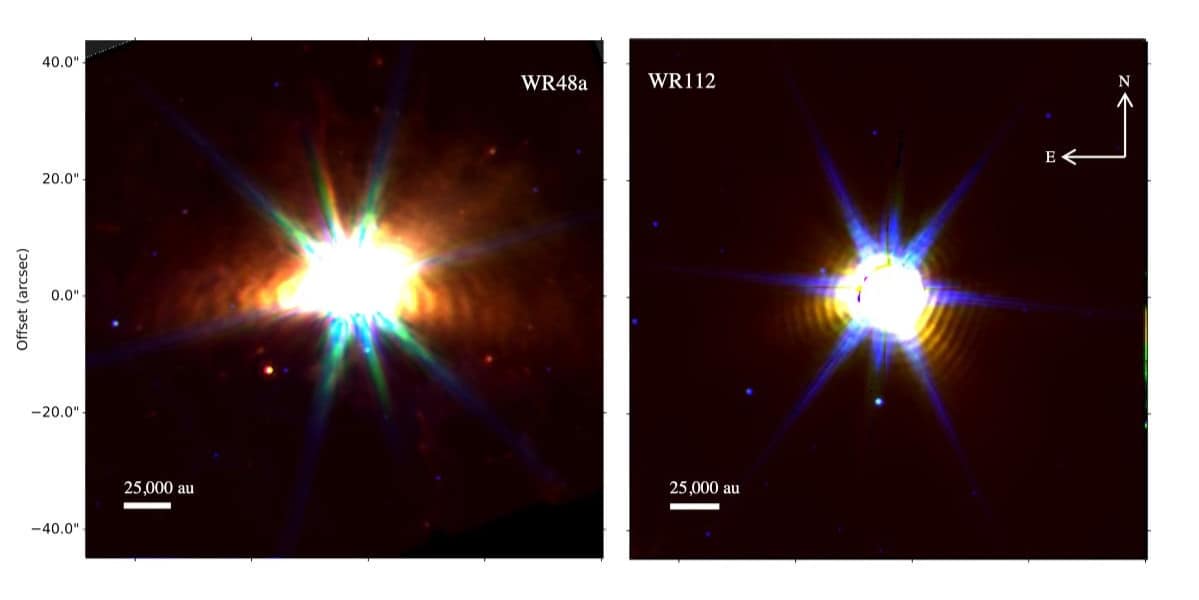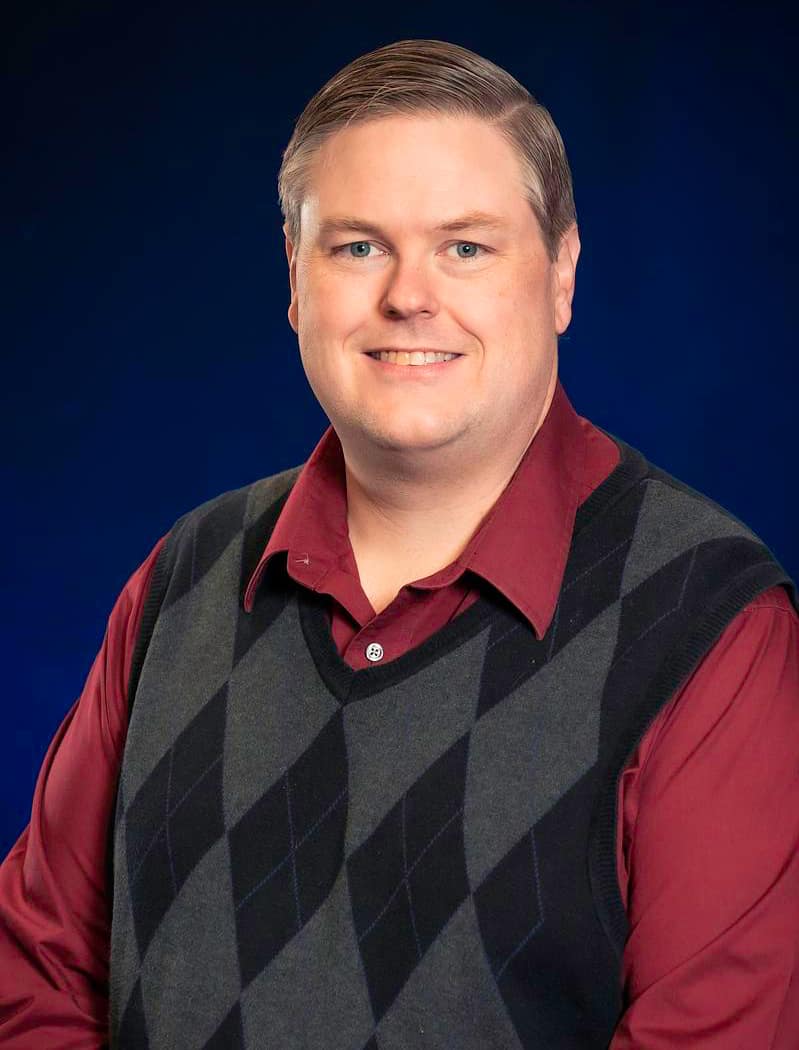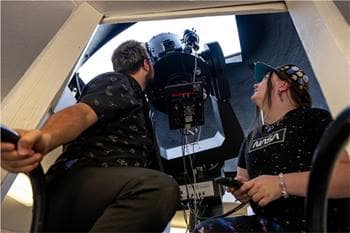Embry-Riddle Professor, Undergrads Unlock Secrets of Cosmic Dust With the Webb Telescope


Dr. Noel Richardson, associate professor of Physics and Astronomy, discovered four additional Wolf-Rayet systems with his students. (Photo: Embry-Riddle)
Cosmic dust does far more than float through space. It’s the raw material from which stars, planets and possibly even life emerge. Yet astronomers have long puzzled over where this vast amount of dust comes from and what it’s made of.
Dr. Noel Richardson, an associate professor of Physics and Astronomy at Embry-Riddle Aeronautical University, and his students are answering these questions by studying an unusual class of aging stars known as Wolf-Rayet (WR) stars.
“Wolf-Rayet stars are essentially highly evolved massive stars that don’t show hydrogen at all,” said Richardson. “They’ve lost their hydrogen in the outer part of the star, fusing helium in their core, which means they are nearing the end of their life cycle.”
The dying stars unleash stellar winds that collide and condense into shells of carbon dust when a second massive star is present. These shells, however, have been observed on a large scale only in Wolf-Rayet star WR-140.
Thanks to NASA’s James Webb Space Telescope, Richardson and his students have observed four additional Wolf-Rayet systems. Each has several visible dust shells around it, similar to the one found around WR-140.
“Not only did we find that the dust in these systems is long-lived and making its way out into space, we discovered this is not unique to just one system,” said Richardson, who led the study published July 7 in The Astrophysical Journal, an open-access, peer-reviewed scientific journal of astrophysics and astronomy.
For the study, the Embry-Riddle team collaborated with astronomers from multiple institutions, including Dr. Ryan Lau, assistant astronomer at NSF NOIRLab in Tucson, Arizona. Lau was a leading researcher during an early Webb program to image WR-140, and his experience provided Richardson’s team with insights on how to interpret the telescope’s dust shell images.
According to Lau, Embry-Riddle’s research to extend Wolf-Rayet data to include five star systems was an important expansion of initial observations.
“It confirmed that we are seeing the same pattern of surviving dust shells that we did around WR-140 in other systems,” said Lau. “These observations show that the dust produced by Wolf-Rayet stars can survive the harsh stellar environment.”
If Wolf-Rayet stars generate carbon dust that endures for centuries, this could reshape how astronomers think about the ingredients that give birth to future stars.
Beyond confirming the dust’s persistence, the team’s research sets the cornerstone for future studies into the dust’s chemical makeup and what becomes of these dust formations.

Astronomy undergraduate researcher, Corey Kehl (right), works with Embry-Riddle’s 16-inch telescope alongside a fellow student. (Photo: Embry-Riddle/Corey Kehl)
“Where does this dust go?” Lau asked. “We want to learn what exactly the chemistry of this dust is. To do that, we need to take spectra to identify specific grain composition — the physical properties — to get an idea of the chemical contribution to the interstellar medium.”
Embry-Riddle undergraduate Corey Kehl, who is earning her bachelor’s degree in Astronomy, joined the Wolf-Rayet research team near the end of her sophomore year. She contributed to the study by conducting a vital process that removes artifacts from the telescope’s images to reveal underlying dust structures. The work was done in collaboration with colleagues from the University of Denver.
Now entering her senior year, Kehl will continue with the research, modeling the geometry of the dust shells to reveal how they relate to the Wolf-Rayet orbits.
“Being involved in research work, I believe, is the epitome of what it means to be a scientist — especially a physicist,” Kehl said. “At Embry-Riddle, you see the principles you’ve worked so hard to learn as an undergraduate truly in motion.”

 Keaton S. Ziem
Keaton S. Ziem